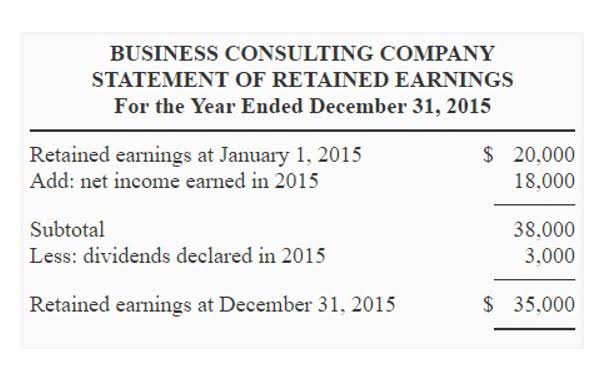Total Liabilities And Equity: What Is It, Calculation & Importance

The book value of owner’s equity might be one of the factors that go into calculating the market value of a business. But don’t look to owner’s equity to give you a complete picture of your company’s market value. Double-check all of your information and calculations, then record every value using a computer spreadsheet. Consult any notes or legal or supporting documents for the balance sheet; these documents will detail any potential assets or liabilities that are not itemized https://alternativechristmaspudding.ie/tax-treatment-of-r-e-expenses-software-development/ on the balance sheet as of yet.
- It is the residual value that would remain after all liabilities are paid off.
- Common headings for this section include “Stockholders’ Equity,” “Shareholders’ Equity,” or “Owners’ Equity,” depending on the company’s legal structure.
- The share capital represents contributions from stockholders gathered through the issuance of shares.
- Retained earnings represent the cumulative net income of a corporation that has been retained rather than distributed to shareholders as dividends.
- This part of the balance sheet summarizes the ownership claims on the company’s assets.
What are the steps to calculating equity?
The resulting figure signifies the residual value of the company’s assets once all its liabilities have been accounted for. Another significant component is Additional Paid-in Capital, also known as Paid-in Capital in Excess of Par. This account records the amount of money investors paid for shares above their par value. For instance, if a share with a $1 par value is sold for $10, $1 goes to Common Stock and $9 to Additional Paid-in Capital.

Company
- Negative equity occurs when a company’s liabilities exceed its assets, resulting in a negative net worth.
- The accounting equation helps to assess whether business transactions carried out by the company are being accurately reflected in its books and accounts.
- Keep in mind that Deferred Revenue and unearned revenue are essentially the same thing.
- Shareholders consider this to be an important metric because the higher the equity, the more stable and healthy the company is likely to be.
- Stockholders’ equity can be calculated by subtracting the total liabilities of a business from total assets or as the sum of share capital and retained earnings minus treasury shares.
- The total liabilities figure is presented after these detailed liability accounts.
It tells them about a company’s ability to pay off debts and its investment potential. For Apple, their shareholders’ equity rose to $73.812 billion, indicating strong growth and financial stability. Treasury stock reduces total equity as Coffee Shop Accounting it represents shares repurchased by the company, reducing the overall ownership interest. Total equity represents the cumulative value of ownership in a company, while net income refers to earnings generated during a specific period. No, total equity can be negative if a company’s liabilities exceed its assets. This situation, often called “negative equity,” may indicate financial trouble.
Additional paid-in capital (APIC)
- It plays a role in financial ratios and informs decisions about funding, credit, and valuation.
- The accounting equation is also known as the basic accounting equation or the balance sheet equation.
- Long-term assets are the value of the capital assets and property such as patents, buildings, equipment and notes receivable.
- A company that expenses a cost but has not paid cash for it yet, will deduct the cost from revenues in the Income Statement but keep cash the same on the Balance Sheet.
Dividend recapitalization—if a company’s shareholders’ equity remains negative and continues to trend downward, it is a sign that the company could soon face insolvency. Shareholders Equity is the difference between a company’s assets and liabilities, and represents the remaining value if all assets were liquidated and outstanding how to calculate total equity on balance sheet debt obligations were settled. The second method involves summing the individual components that make up the equity section of the balance sheet. This approach provides a more detailed breakdown of how total equity is comprised. To calculate total equity this way, you would add Common Stock, Additional Paid-in Capital, Retained Earnings, and Accumulated Other Comprehensive Income, then subtract Treasury Stock. Gain insight into a company’s ownership structure and financial foundation.

How to Evaluate Renewable Energy Stocks: A Guide for Smart Investors

Your business’ board of directors can issue shares whenever, to whomever, and for whatever value it wants. When your company incorporates, it has to call a board meeting to decide how many shares each of the company’s original owners will get. Shares are small pieces of your company that are worth a certain dollar value. If you total up the value of all the shares you own, that’s your total stock in the company.
- It could make it hard for the company to draw in and keep investors.
- The number of outstanding shares is taken into account when assessing the value of shareholder’s equity.
- Below is the summary of its financial position at the end of the financial year.
- The first method involves summing the individual components of equity.
